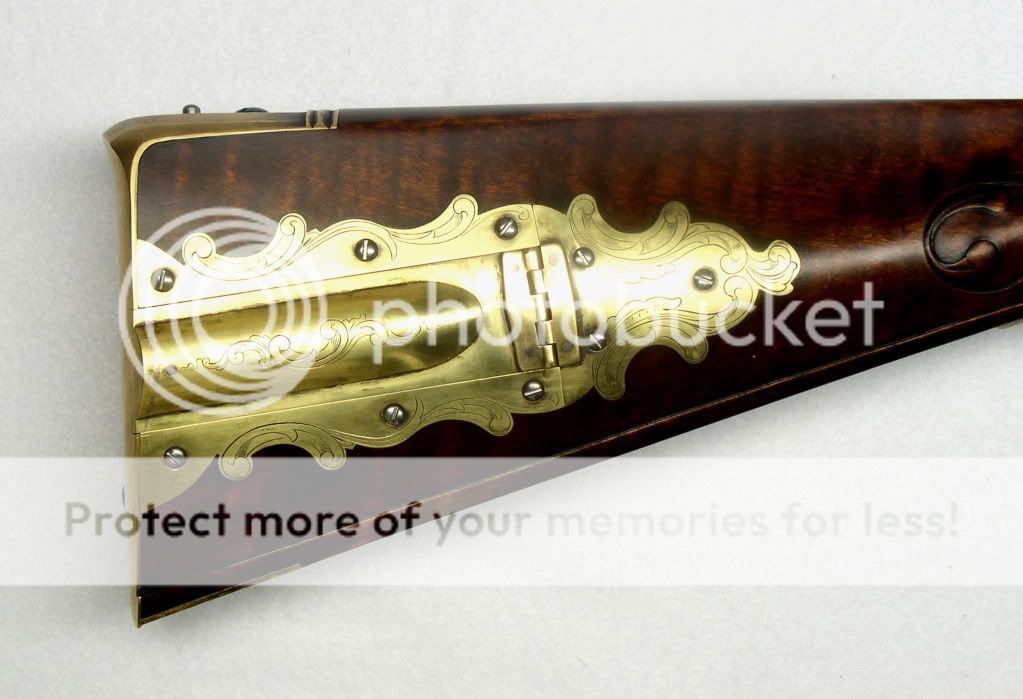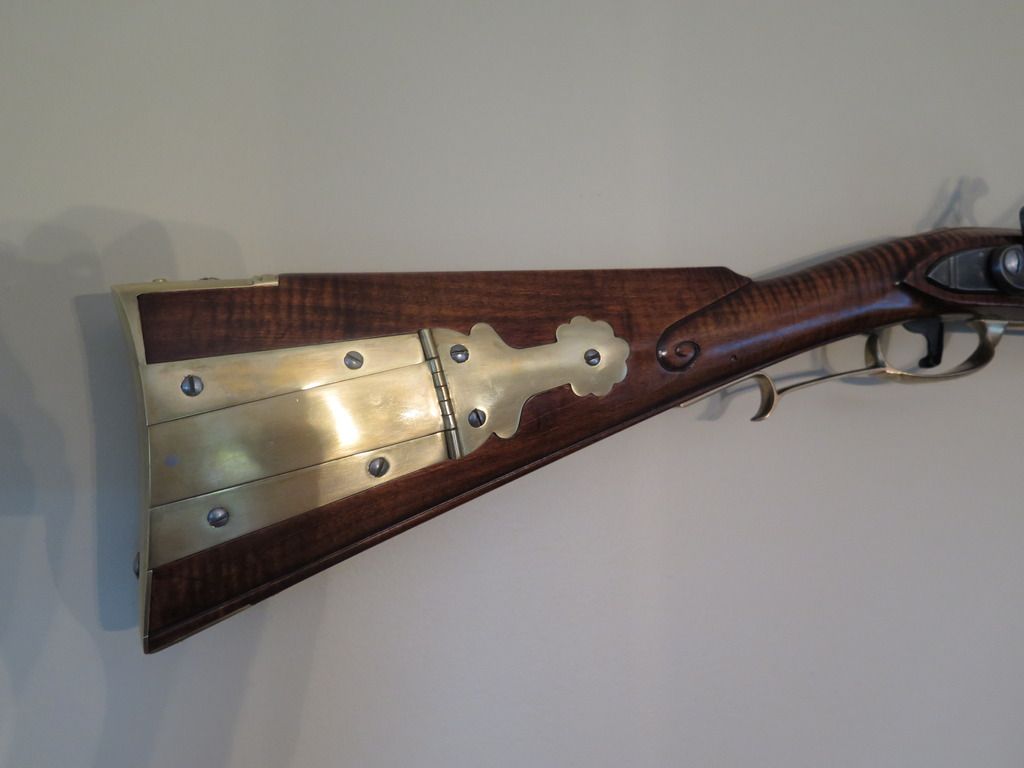- Joined
- Oct 2, 2015
- Messages
- 187
- Reaction score
- 16
Hello all.
Ive been doing some research looking for original Lancaster rifles and just how many had patch boxes. It seems most had. Im currently building a late Lancaster and was going to put a patch box on but after a few attempts on some test wood I dont think Im going to get the results I want around the more difficult pieces of a daisy PB without gaps. So, would it still be correct with a very simple 1 piece hinged or rotating wood PB? Ive seen a few modern builds without?
Thanks for reading.
Ive been doing some research looking for original Lancaster rifles and just how many had patch boxes. It seems most had. Im currently building a late Lancaster and was going to put a patch box on but after a few attempts on some test wood I dont think Im going to get the results I want around the more difficult pieces of a daisy PB without gaps. So, would it still be correct with a very simple 1 piece hinged or rotating wood PB? Ive seen a few modern builds without?
Thanks for reading.






